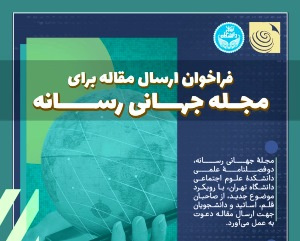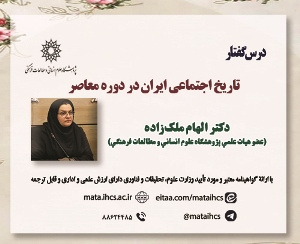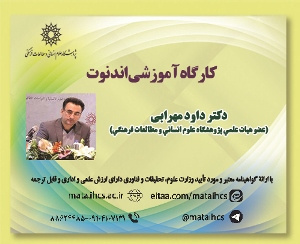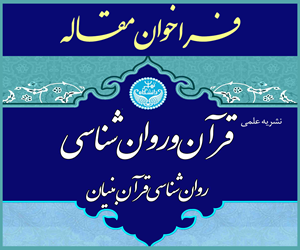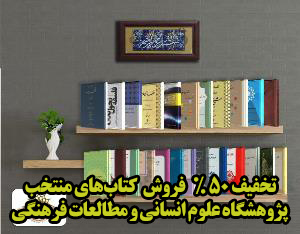بررسی ارتباط نرخ ارز، نرخ تورم و نرخ بهره تحت رویکرد تئوری های فیشر در اقتصاد ایران (مقاله علمی وزارت علوم)
درجه علمی: نشریه علمی (وزارت علوم)
آرشیو
چکیده
متغیر نرخ بهره از مهم ترین ابزارهای کارآمد در امر سیاست گذاری اقتصادی، ایجاد ثبات و رشد اقتصادی می باشد. عدم بهره گیری از تغییرات این نرخ، نه تنها پویایی سیستم بانکی بلکه به تبع آن کل سیستم اقتصاد را زیر سؤال می برد. از آن جا که عوامل زیادی در تغییرات نرخ بهره نقش دارند، برخلاف سایر مطالعات انجام گرفته در ایران، در این پژوهش علاوه بر استفاده از روش های نوین اقتصادسنجی، تنها روابط میان نرخ ارز، نرخ تورم و نرخ بهره به عنوان هدف اصلی مقاله حاضر در چارچوب تئوری های اقتصادی بدون وارد کردن متغیرهای سرمایه گذاری، رشد اقتصادی و سایر متغیرها به الگو با استفاده از روش خود رگرسیون برداری (VAR) طی دوره زمانی 93-1360 بررسی شده است. نتایج حاصل از آزمون یوهانسن و برآورد الگوی تصحیح خطای برداری (VECM) نشان داد که در بلندمدت نرخ تورم تأثیر منفی معنی دار و نرخ ارز بدون تأثیر بر نرخ بهره می باشند. همچنین بررسی روابط کوتاه مدت نشان داد که در کوتاه مدت نرخ ارز تأثیر مثبت معنی دار و نرخ تورم بدون تأثیر بر نرخ بهره می باشند. به عبارت دیگر تئوری اثر و بین المللی فیشر در اقتصاد ایران، رد می شوند.The relationship between the exchange rate, inflation and interest rates under Fisher's theories approach for Iran
The interest rate variable is one of the most important tools for economic policy making, stability and economic growth. Not taking advantage of the changes in this rate will not only question the dynamics of the banking system, but, consequently, the entire system of economics. Because there are many factors involved in changing the interest rate, unlike other studies conducted in Iran, in addition to the use of new methods of Econometrics, only relations among exchange rate, inflation rate and interest rate as the main objective of this paper in the framework of economic theories have been reviewed without entering other variables like investment, economic growth using the method of vector autoregressive (VAR) during 1993-1999 period. In this study, we used the above-mentioned econometric method to answer the question whether there is a relationship among interest rate, exchange rate and inflation rate in Iranian economy based on the international theory and Fisher's effect or not? And, with regard to the conditions of the Iranian economy, the severity of the inflation and exchange rate cuts, and in what direction they affect interest rates. For this purpose, firstly, in this research, the theoretical foundations on the relationship among the rate of inflation, exchange rate and interest rates from different economists' point of view have been discussed and then studies on the subject of research have been studied. In the following, after introducing the model used in this paper, we analyze the findings and present the conclusions based on the hypothesis test. An examination of the internal studies in this field suggests a lack of consensus on the magnitude of this relationship on the one hand and the contradiction observed in the results of studies by researchers. On the other hand, in most of the internal studies, traditional one-step econometric methods are used and in some researches simultaneous equations are used. Such research has been criticized by Lucas. Lucas asserts that, predictions based on these patterns cannot be true, because they are based only on past information. Therefore, the present study uses a Vector Autoregressive Model (VAR) to examine the relationship among exchange rate, inflation rate and interest rate. Before estimating the Autoregressive model, first of all the stationarity of all variables in the research have been checked and then the number of optimum lags was determined based on valid criteria. The results of the Phillips-Peron (PP) test showed that all variables in the model are not stationary and their degree of integration is one I (1). Also, using the Schwarz-Bayesian method of optimal lags selection, the optimal lag is one Because they have the smallest value compare to other lags. In order to estimate short-term and long-run dynamics among variables, Johansen-Juselius co-integration method and vector error correction model have been used. The results of the Johansen test and the estimation of Vector Error Correction Model (VECM) showed that there is a long-term equilibrium relationship between the model variables, so that the elasticity of interest rate with respect to the exchange rate is not significant and the increase (decrease) in the exchange rate has no effect on the interest rate. Also, the elasticity of interest rate with respect to the inflation rate is minus 1.16; this means that the increase in inflation has a negative and significant effect on interest rates. Short-run relationships showed that in the short run, the elasticity of interest rates with respect to the exchange rate was positive and significant, but the elasticity of the interest rate was not meaningful and inflation rate has no effect on the interest rate. In other words, the international theory of Fisher is rejected in Iran's economy. The coefficient of the error term, including the residual of the co-integration pattern, is minus 0.078, in the sense that 7.8% of the adverse shocks incurred in each period by the system itself in the subsequent period are adjusted and eliminated. At the end, the results of diagnostic tests of the estimated model indicate normality, homogeneity of the variance and no autocorrelation among residuals of the model and also no structural breaks.
